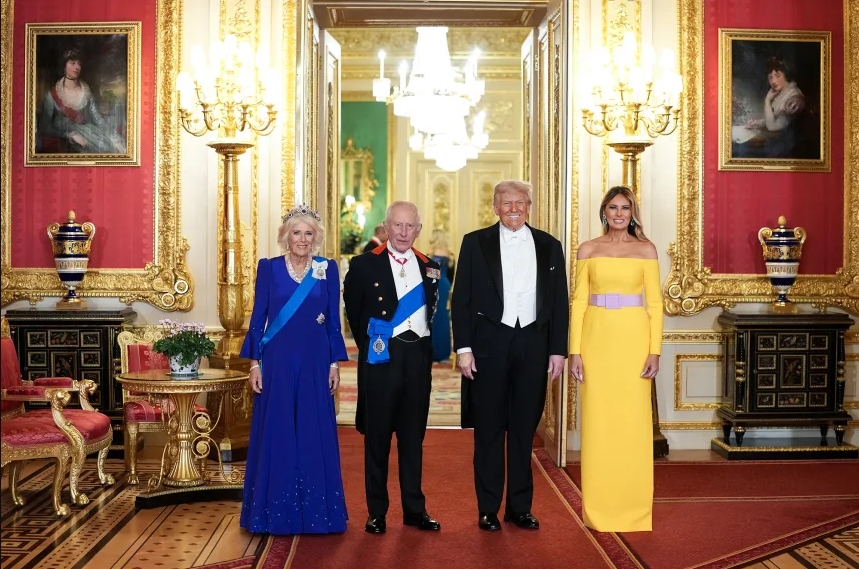Naomi Shihab Nye’s turtle just came out of its winter hibernation. And while Nye’s turtle prepares to put winter behind, Nye herself is preparing to leave the warmth of San Antonio for the cold of Erie to present at Gannon University’s annual English Awards Night at 7:30 p.m. Thursday.
A renowned author of more than 30 volumes of poetry, essays and other genres, Nye first heard poetry in her mother’s voice during the two’s many reading sessions. The language of the poems attracted the award-winning author to the realm of reading and writing.
After reading and hearing the words of famous poets like Emily Dickinson, Christina Rossetti and Walt Whitman, Nye put her own pen to use and wrote her first poem when she was 6. At 7, one of her poems made it to the pages of a children’s book.
“I had a sense as a child that being a writer and an artist, too, was who I was meant to be,” she said. “I always had this strong feeling that art is ours as human beings; and once someone enters that world, why would anyone leave?”
Fifty-five years after her first poem debuted, Nye still wanders the world of the written word. Her books of poetry include “19 Varieties of Gazelle: Poems of the Middle East,” “Fuel” and “You & Yours” (a best-selling poetry book of 2006).
She has been named a Lannan Fellow, a Guggenheim Fellow and a Witter Bynner Fellow and is the recipient of more than two dozen awards and recognitions, with her work featured in prominent national and international outlets.
Nye gets her inspiration from everyday people: her neighbors, objects, animals and plants. Being a poet for Nye means being able to reflect and make connections between things and people. It gives her a chance to revive her best memories.
“You’re constantly creating a map of experience,” she said. “You have a chance to relive it, reimagine it, which is very empowering to the thought process.”
[quote float=”left”]It was my job to speak out of both parts of my own heritage and background – it’s a kind of global care at this point.”[/quote]
Born in St. Louis to a Palestinian father and an American mother, Nye’s writing is significantly influenced by her Arabic roots, reflecting on Arabs’ identity and struggles. Her interest in these topics was ignited after she visited her Palestinian grandmother in the village of Sinjil in Palestine.
“I didn’t use to identify people according to their backgrounds; I didn’t really think a lot about ethnicity,” she said, “but that became a much more active part of my thinking as I became older and with the world becoming more chaotic with the news.”
Nye’s writing attests to the shared humanity, drawing on her Palestinian-American heritage, the cultural diversity of her home in Texas and the experiences of more than 37 years traveling in Asia, Europe, Canada, Mexico, Central and South America and the Middle East.
A lot of Nye’s pieces reflect her background as an Arab-American and a citizen of the world, her work conveying the message of peace and nonaggression.
“It really matters to me that people look at Middle Easterners as beautiful human beings, not perpetrators of violence, just like we Americans would like people to think of us; and we have a lot to answer for,” Nye said. “It was my job to speak out of both parts of my own heritage and background – it’s a kind of global care at this point.”
These themes she shares with her favorite author, William Stafford, who instantly became her inspiration after reading a poem of his at 16.
“He’s just the most encouraging and fantastic American poet that I encourage everyone who hasn’t read him to do so,” Nye said. “It’s important to me that he was a big advocate of nonviolence, a conscientious objector during World War II – an outspoken pacifist.”
Nye’s parents played a role in her interest in self-expression with their openness and acceptance of any topic she used to approach them with.
Despite their indifference to poetry in particular, both of Nye’s parents – one a painter and the other a journalist – were influential in and supportive of her pursuit of the self-expression.
“I always say that my parents didn’t really make a big deal; they were very neutral about it,” she said. “But they were both very big readers and were big on cultural experiences.
“I feel lucky to have grown up in a family that appreciates the arts.”
And like all artists, Nye appreciates originality. While acknowledging the importance and benefits of the computer, she relies mostly on pencils and notepads in her writing, and encourages students not to completely give up on these utensils yet.
“I think it helps to handwrite because your mind moves more slowly and the way thoughts emerge are different when you’re handwriting,” Nye said.
Nye received her bachelor’s degree in religion from Trinity University in San Antonio, where she now continues to work and live in a 110-year-old house in a historic neighborhood downtown. Majoring in religion despite her interest in writing made perfect sense to Nye.
“To study all the religions in the world is a way to look at what has mattered a lot to a lot of people for many years,” she said, “and it’s fascinating because it involves stories and metaphors and beliefs and faith and doubt and all these things.”
HIBA ALMASRI







